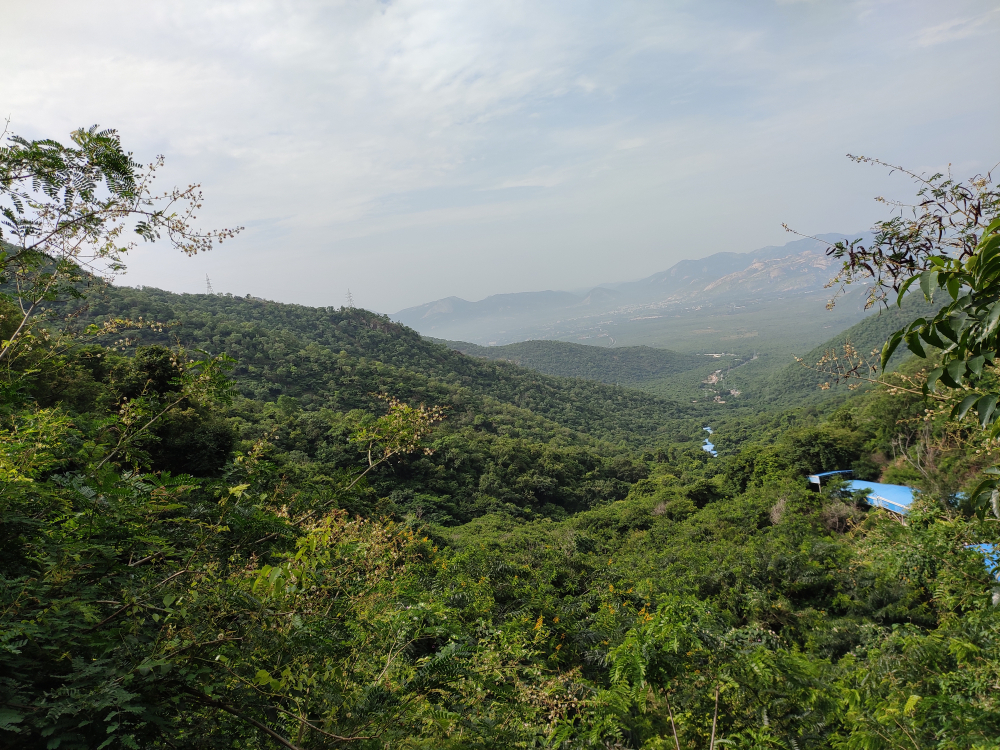Namdapha National Park: Where the Himalayas Embrace the Jungle

Arunachal Pradesh, in Northeast India, boasts Namdapha National Park, a sprawling protected area encompassing 1,985 square kilometers. Established in 1983, this park is a treasure trove of biodiversity, harboring over 1,000 plant species and around 1,400 animal species. Its location in the Eastern Himalayas makes it a crucial hotspot for ecological diversity.
Namdapha National Park is home to the northernmost lowland evergreen rainforests in the world, found at an impressive 27°N latitude. Additionally, it shelters vast dipterocarp forests, forming the northwestern section of the Mizoram-Manipur-Kachin rain forests ecoregion.
This national park holds the distinction of being the fourth largest in India, offering a sanctuary for a dazzling array of flora and fauna.
History
In 1972, Namdapha attained the status of a Wildlife Sanctuary, and by 1983, it was designated as a National Park. In that same year, it was also recognized as a Tiger Reserve under the Project Tiger initiative. The name “Namdapha” originates from the combination of two Singpho words, “nam,” meaning water, and “dapha,” signifying origin, as the river originates from the Dapha Bum glaciers.
Geographical
Namdapha National Park is situated in the Changlang district of the northeastern Indian state of Arunachal Pradesh, near the international border with Myanmar. The park encompasses a total area of 1,985 km2 (766 sq mi), which includes a core area spanning 1,808 km2 (698 sq mi) and an adjoining buffer zone of 177 km2 (68 sq mi). Positioned between the Dapha Bum range of the Mishmi Hills and the Patkai range, the park exhibits a broad elevation range, fluctuating between 200 and 4,571 m (656 and 14,997 ft). The Noa Dihing River traverses the park from east to west, originating at the Chaukan Pass on the Indo-Myanmar border. The land cover undergoes changes with increasing elevation, transitioning from tropical evergreen forest to temperate broadleaf and mixed forest. Additionally, secondary forests cover an area of 345.47 km2 (133.39 sq mi), and seasonal snow is observed at elevations above 2,700 m (8,900 ft) between December and March.
Flora
- Trees: Oak, magnolia, pine, betula, rhododendrons, and more than 150 other species
- Orchids: Various species, including the rare and endangered Blue Vanda
- Timber: Pinus merkusi and Abies delavavi, which are not found elsewhere in India
Fauna
Mammal:
The Namdapha flying squirrel (Biswamoyopterus biswasi) was initially discovered and documented within the park. This species is exclusive to Namdapha National Park and faces a critical endangerment status. The last known sighting of the Namdapha flying squirrel was in 1981, limited to a solitary valley within the park.
Due to the park’s extensive elevation range, spanning from 300 to 4,500 m (980 to 14,760 ft), and the diverse vegetation zones encompassing evergreen, moist deciduous, temperate broadleaved, coniferous forest types, and alpine vegetation, the park hosts a rich variety of mammalian species. Among the prominent pantherine species identified in the park are the leopard (Panthera pardus), snow leopard (P. uncia), tiger (P. tigris), and clouded leopard (Neofelis nebulosa).
The protected area also harbors various other predators, including the dhole, Malayan sun bear, Indian wolf, and Asiatic black bear. Smaller carnivores in the region consist of the red panda, red fox, yellow-throated marten, Eurasian otter, Oriental small-clawed otter, spotted linsang, binturong, Asian palm civet, small Indian civet, large Indian civet, masked palm civet, marbled cat, fishing cat, Asian golden cat, and two species of mongoose.
Furthermore, large herbivores are well-represented, featuring the Indian elephant, wild boar, musk deer, Indian muntjac, hog deer, sambar, gaur, goral, mainland serow, takin, and bharal. Non-human primates present in the park include the stump-tailed macaque, slow loris, hoolock gibbon, capped langur, Assamese macaque, and rhesus macaque.
Birds:
One of the initial papers on the birds of Namdapha was published in 1990. The park is home to approximately 425 bird species, and ongoing research in higher elevations is expected to reveal more. Among the documented bird species are five types of hornbills. Namdapha has also recorded several species of rare wren-babblers. Other bird groups present in the park include laughing thrushes, parrotbills, fulvettas, shrike babblers, and scimitar babblers.
The snowy-throated babbler, a rare species of babbler found exclusively in the Patkai and Mishmi Hills and nearby areas in Northern Myanmar, has been observed in Namdapha. Additionally, the park hosts various other rare, restricted range, or globally endangered species, including the rufous-necked hornbill, green cochoa, purple cochoa, beautiful nuthatch, Ward’s trogon, ruddy kingfisher, blue-eared kingfisher, white-tailed fish eagle, Eurasian hobby, pied falconet, white-winged wood duck, Himalayan wood-owl, rufous-throated hill-partridge, and white-cheeked hill partridge.
Namdapha is also a habitat for several leaf warblers and migratory birds such as the amur falcon and various thrushes. The park conducted its inaugural mid-winter waterfowl census in 1994, during which species such as the white-bellied heron, a critically endangered bird, were recorded for the first time.
Butterflies and moths:
Namdapha boasts a remarkable abundance of Lepidoptera, with butterflies and moths sharing equal prominence alongside a diverse insect community. Notably, the 2014 National Camp hosted by Bombay Natural History Society documented several rare butterfly species, including the breathtaking Koh-i-Noor, the elusive Naga Treebrown, the vibrant Red Caliph, the swift Cruiser, the mesmerizing Wizard, the aptly named Fluffy Tit, and the majestic East Himalayan Purple Emperor.
Reptiles and Amphibians:
- Indian python
- Reticulated python
- King cobra
- Common mock viper
- Orange-collared keelback
- Stuart’s toad
- White-lipped treefrog
- Green fan-throated lizard
- Indian forest skink
